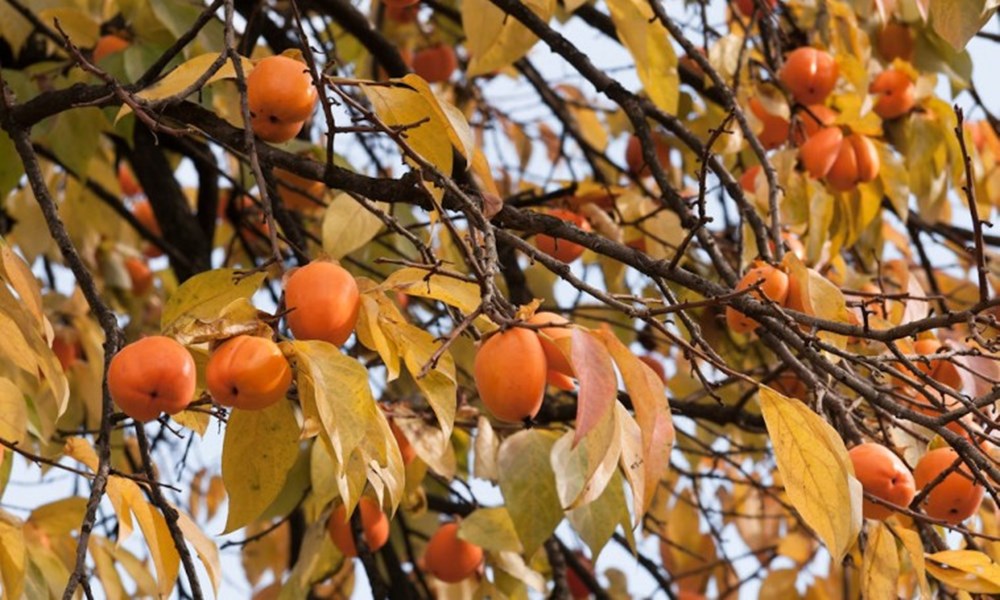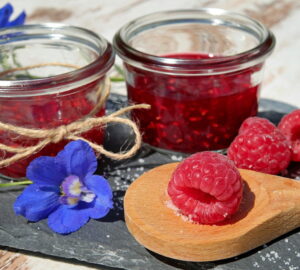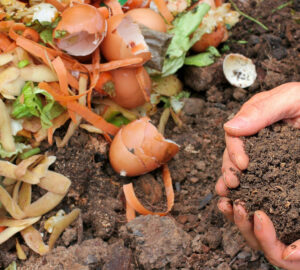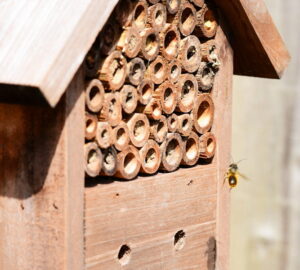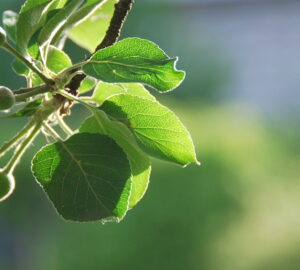If you’ve ever dreamed of cultivating fruit in your own backyard but are concerned about your region’s climate, consider the versatile persimmon tree. While you might associate persimmons with tropical regions, this hardy fruit tree can be successfully grown in a wide range of climates, similar to grapevines. In this article, we explore the possibilities of growing persimmons in different settings, from grape-friendly regions to cooler areas where overwintering in pots is necessary.
Choosing the Right Climate
In regions where grapes thrive and fully ripen by the end of the growing season, persimmons also find their ideal conditions. Oriental persimmon (Diospyros kaki) is known for its adaptability and can flourish in areas conducive to grape cultivation. However, it’s not limited to just these temperate climates. In cooler regions, persimmons can still be grown by taking a few precautions, such as planting them in pots and providing a frost-free shelter during the winter.
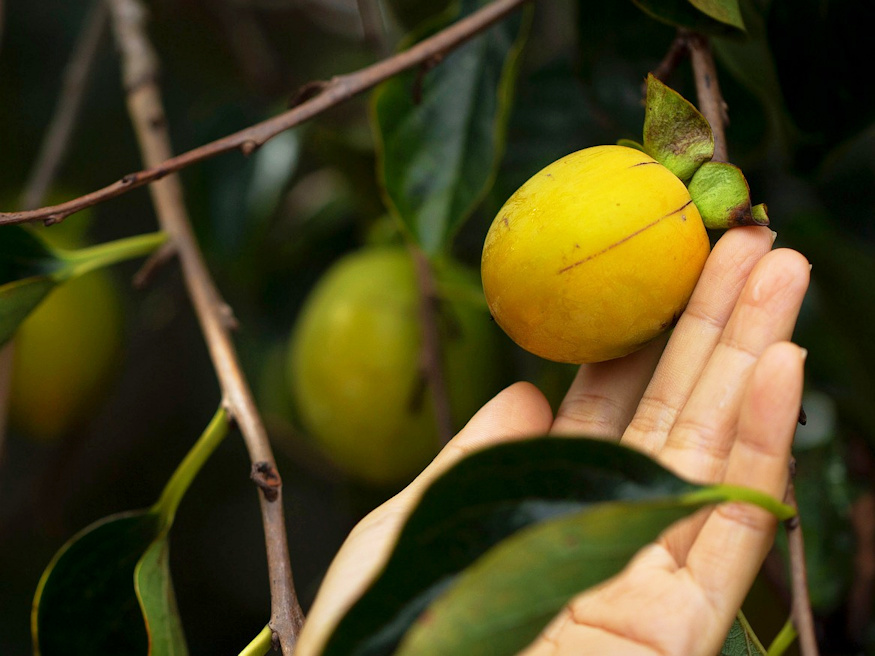
Soil and Sunlight
The good news is that persimmon trees aren’t overly demanding when it comes to soil. They are relatively low-maintenance in this regard. However, they do require a sunny spot to thrive. Make sure you choose a location that receives plenty of sunlight throughout the day. In terms of care, persimmons have high nutrient and moderate water requirements, so ensure they receive the proper nourishment and hydration for optimal growth.
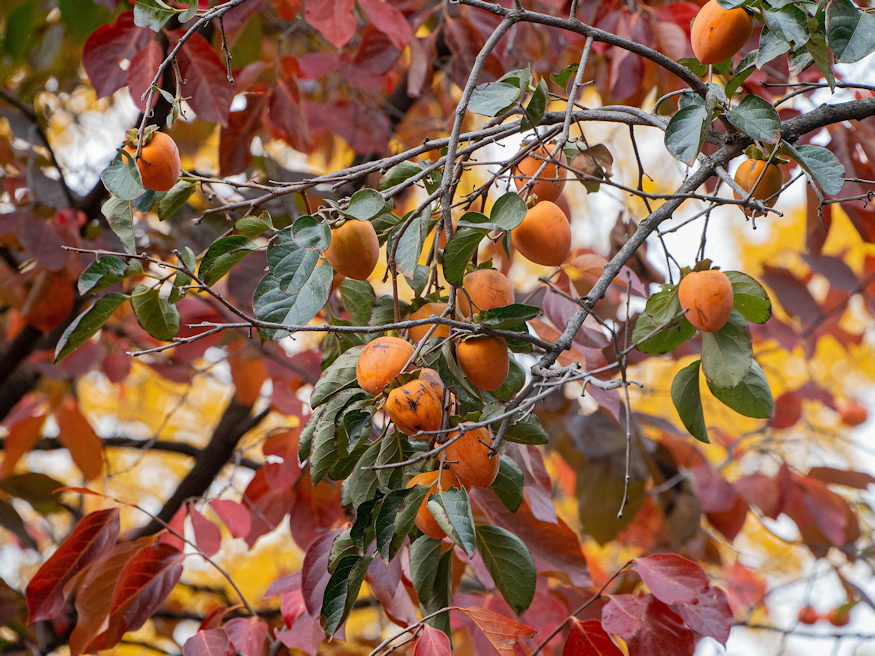
Winter Protection
While persimmons can tolerate winter conditions down to around -20 °C, young trees may need some extra care. It’s advisable to cover the base of the tree during its early years to shield it from the cold. This simple step can help your persimmon tree grow strong and healthy.
Harvesting and Enjoying
Persimmons are a delight to the senses when they ripen in the fall. The large, typically orange fruits continue to mature even after they’ve been picked. For the best results, once harvested, wrap the fruits in tissue or household paper towels and let them ripen in a cool room with a temperature of around 15 °C. The fruit becomes ready to eat when its orange flesh has softened and offers a sweet, slightly vanilla or apricot flavor.

Creative Culinary Uses
Persimmons are rich in vitamins A and C, fiber and antioxidants, making them a healthy addition to your diet. They’re also versatile in the kitchen, adding a burst of flavor to salads, desserts and more.
The versatility of persimmons doesn’t stop at fresh consumption. Their juice can be used to create delightful wines and liqueurs, adding an exotic touch to your homemade beverages. If you’re looking for a more convenient and space-saving way to enjoy this fruit, drying persimmons is a popular preservation method that can extend your enjoyment throughout the year.
A World of Possibilities
Persimmons open up a world of possibilities for both seasoned gardeners and newcomers alike. Whether you live in a grape-friendly region or a colder climate, these adaptable trees offer a unique and delicious addition to your backyard. So why not give it a try and unlock the secrets of growing persimmons in your own garden? Your taste buds will thank you.



